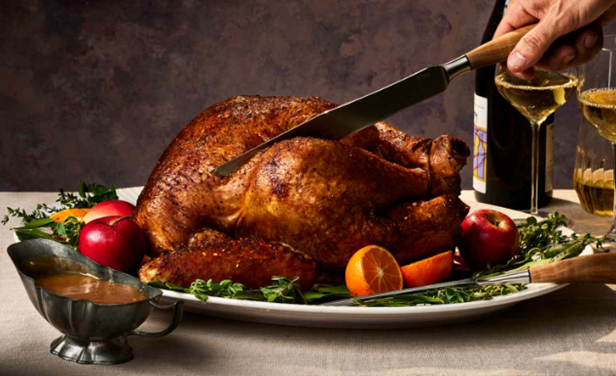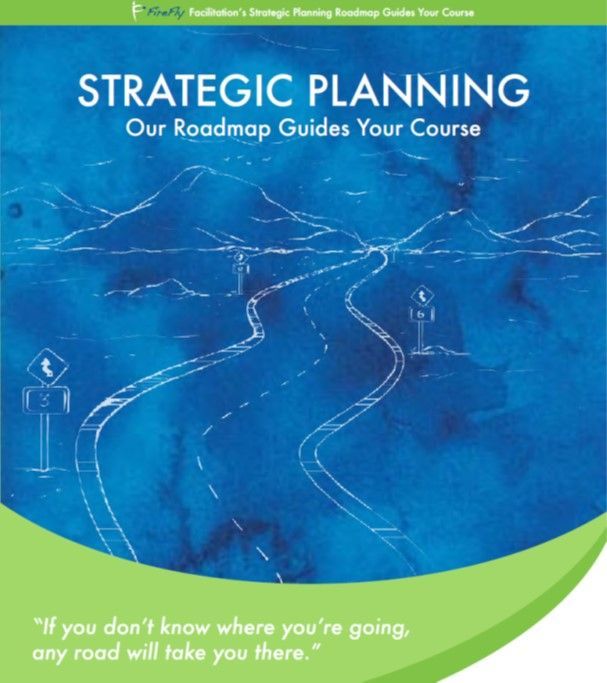For effective decisions, first decide how you will decide.
Simple, yet useful, tips for using the Vroom Yetton Decision Model
The Vroom Yetton Decision-Making Model
is a technique for determining how much participation is needed or desired to
make a specific decision. For a handy one-page overview of the model and how to use it, click here
.
When you sit down to make a decision, your style, and the degree of participation you need to
get from your team, are affected by three main factors:
- Decision Quality – how important is it to come up with the "right" solution? The higher the quality of the decision needed, the more you should involve other people in the decision.
- Subordinate Commitment - how important is it that your team and others buy into the decision? When teammates need to embrace the decision you should increase the participation levels.
- Time Constraints – How much time do you have to make the decision? The more time you have, the more you have the luxury of including others, and of using the decision as an opportunity for team building.
Instructions for using the Model:
- Articulate the decision or decisions to be made.
- Outline the Vroom Yetton Decision-Making Model to your meeting group. There are five distinct methods for making decisions. These methods are categorized below.
- Lead a group discussion on how to address the decisions under consideration based on the choices laid out in the chart below.
- After the discussion, ask the participants to vote for what they each consider to be the best choice within the model for the specific decisions to be made. (Note: they can vote by putting tick marks on a chart or by secret ballot.)
- Proceed accordingly. Create a communication plan, including time frames, especially if the entire meeting group is not involved in making the decision.
Vroom Yetton Decision-Making Model
1 Leader makes decision alone without input.
2 Leader informally requests information or opinions from group members (may not tell them the problem) then makes decision alone.
3 Leader informally requests information or opinions from group members in one-on-one meetings then makes decision alone.
4 Leader holds group meeting to discuss the issue then makes decision alone.
5 Leader holds group meeting to discuss the issue and group makes the decision.
In general, a consultative or collaborative style is most appropriate when :
- You need information from others to solve a problem.
- The problem definition isn't clear.
- Team members' buy-in to the decision is important.
- You have enough time to manage a group decision.
An autocratic style is most efficient when:
- You have more expertise on the subject than others.
- You are confident about acting alone.
- The team will accept your decision.
- There is little time available.






